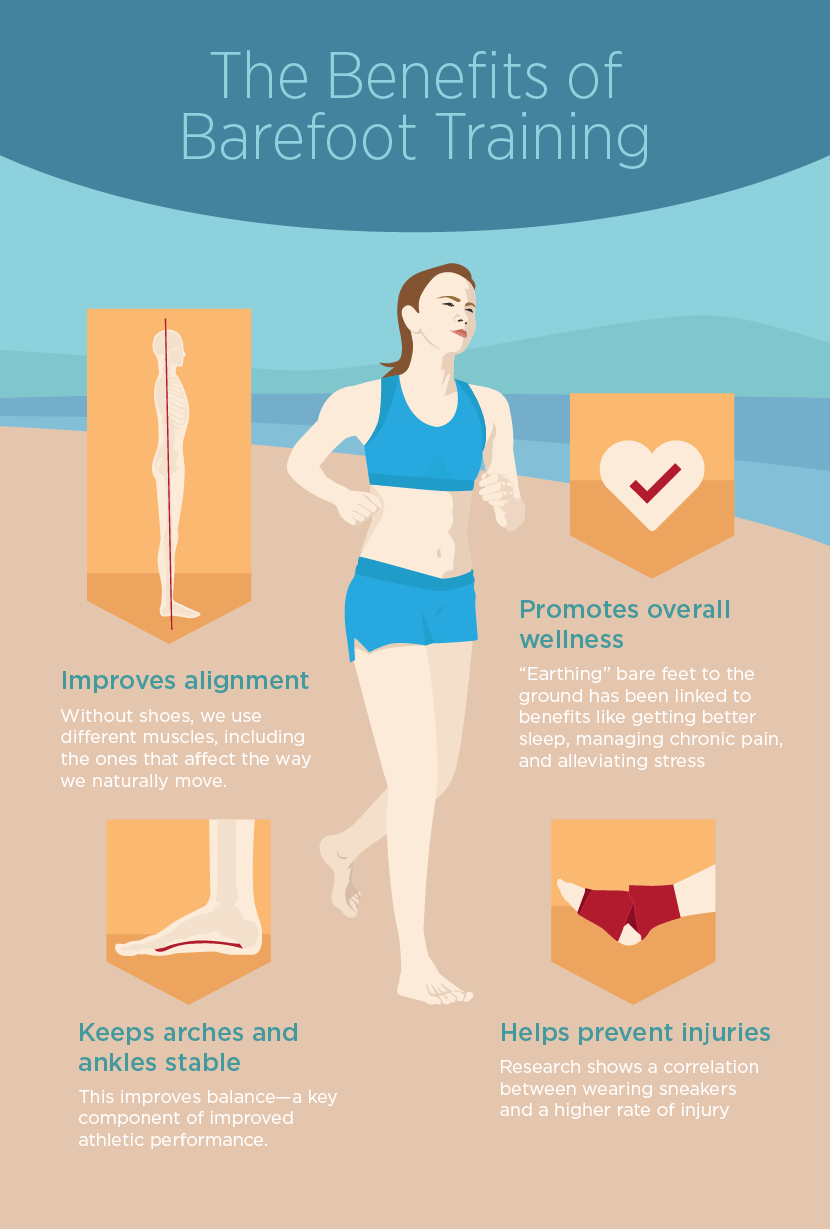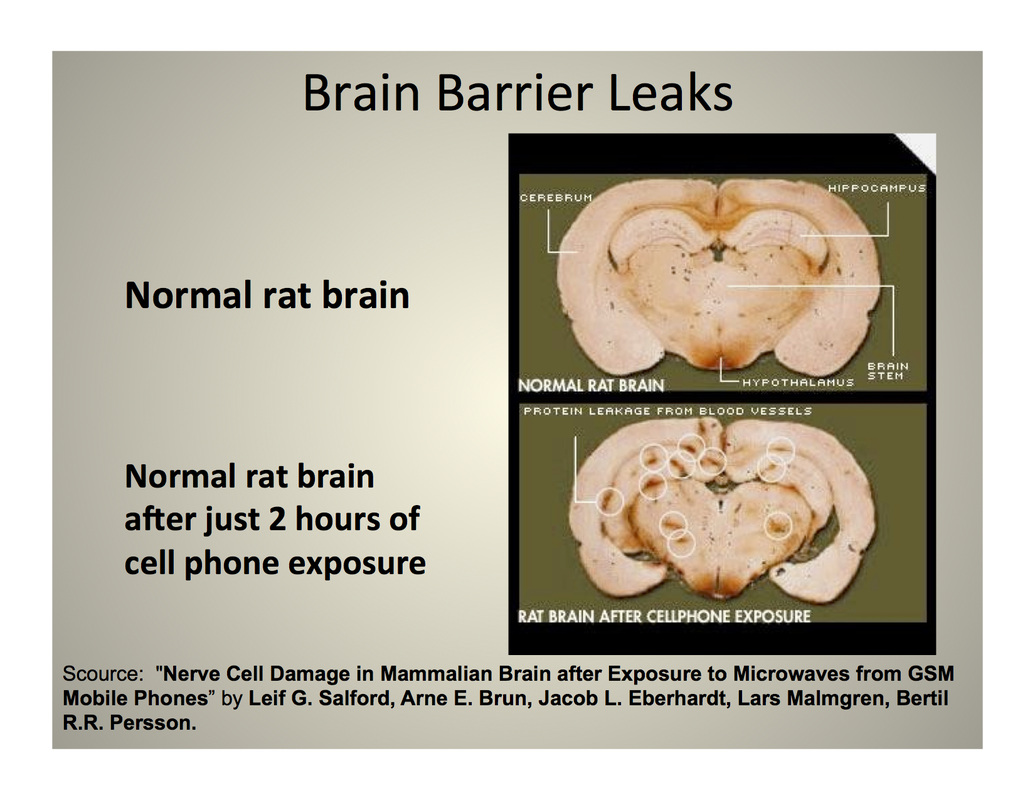 Spending more time in direct contact with the Earth makes sense to most people. Only a few, however, will actually make the effort to do so, thinking something so simple is probably not so effective. The immediate health effects for most people are subtle, so they won't notice an obvious difference after spending thirty or so minutes standing barefoot on the grass. Those that make this simple act a habit will eventually realize the importance. And for those that need objective proof of Earthing's effectiveness, scientific studies are also verifying the physiological effects, as independent scientists around the world are studying and researching the influence of the Earth's energies on the way our bodies function. One remarkable effect is on red blood cells, which carry oxygen to every part of the body. The flow of blood is essential for overall health and vitality. One of the most effective ways of improving your blood flow is by "earthing" or "grounding." In fact, it's so effective you'd wonder why more people, especially doctors, don't know about this. According to researchers, "Grounding increases the surface charge on red blood cells and thereby reduces blood viscosity and clumping." (see image above) In the smallest blood vessels, called capillaries, where the oxygen and nutrients are delivered to the various tissues in the body, the space
Spending more time in direct contact with the Earth makes sense to most people. Only a few, however, will actually make the effort to do so, thinking something so simple is probably not so effective. The immediate health effects for most people are subtle, so they won't notice an obvious difference after spending thirty or so minutes standing barefoot on the grass. Those that make this simple act a habit will eventually realize the importance. And for those that need objective proof of Earthing's effectiveness, scientific studies are also verifying the physiological effects, as independent scientists around the world are studying and researching the influence of the Earth's energies on the way our bodies function. One remarkable effect is on red blood cells, which carry oxygen to every part of the body. The flow of blood is essential for overall health and vitality. One of the most effective ways of improving your blood flow is by "earthing" or "grounding." In fact, it's so effective you'd wonder why more people, especially doctors, don't know about this. According to researchers, "Grounding increases the surface charge on red blood cells and thereby reduces blood viscosity and clumping." (see image above) In the smallest blood vessels, called capillaries, where the oxygen and nutrients are delivered to the various tissues in the body, the spaceis so narrow that the red blood cells have to move through in single file (see image on left). I believe that this is one of the underlying causes of the many chronic inflammatory diseases. This blood flow is important for every part of your body, including the function of your brain, nerves, joints, and muscles. Another study also demonstrated improved blood flow to the face after just 20 minutes of earthing. This indicates that earthing would also improve blood flow to the brain, reducing your risk of strokes and possibly even dementia. Improved blood flow is just one of the many effects of directly reconnecting the body with the Earth. If these effects could be patented and sold as a drug, you would certainly have found out about this long ago. Unfortunately, in our profit-driven, corporation-based, and mass media-controlled society, these simple measures are overlooked and under-appreciated. Make Earthing a part of your daily habits and allow the benefits to develop.
- by Dr. Shailen J. Nana
 |
| Improved facial circulation (right image) after 20 minutes of grounding, as documented by a Speckle Contrast Laser Imager (dark blue = lowest circulation; dark red = highest circulation). |
Please see my previous article regarding "Earthing:"
Get Grounded and Feel Human Again
For more information:
Beauty: “The Earthing Facelift”
Earthing (Grounding) the Human Body Reduces Blood Viscosity—a Major Factor in Cardiovascular Disease
Earthing the human body influences physiologic processes.
The neuromodulative role of earthing.




























